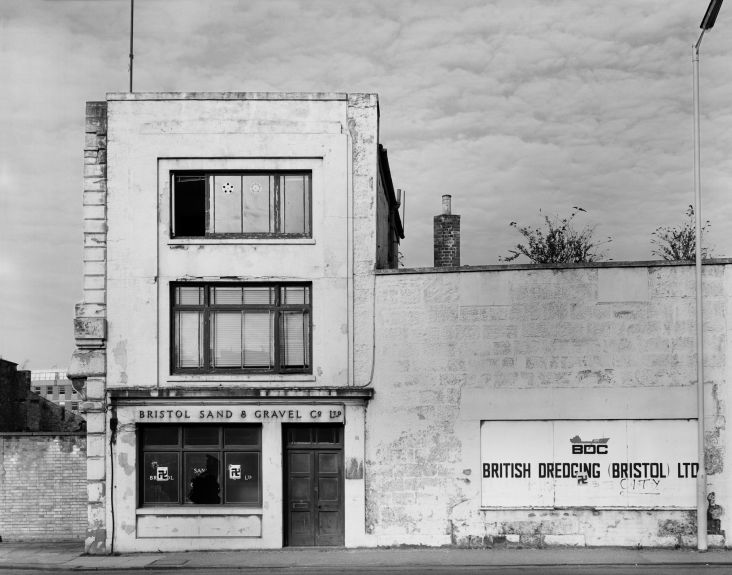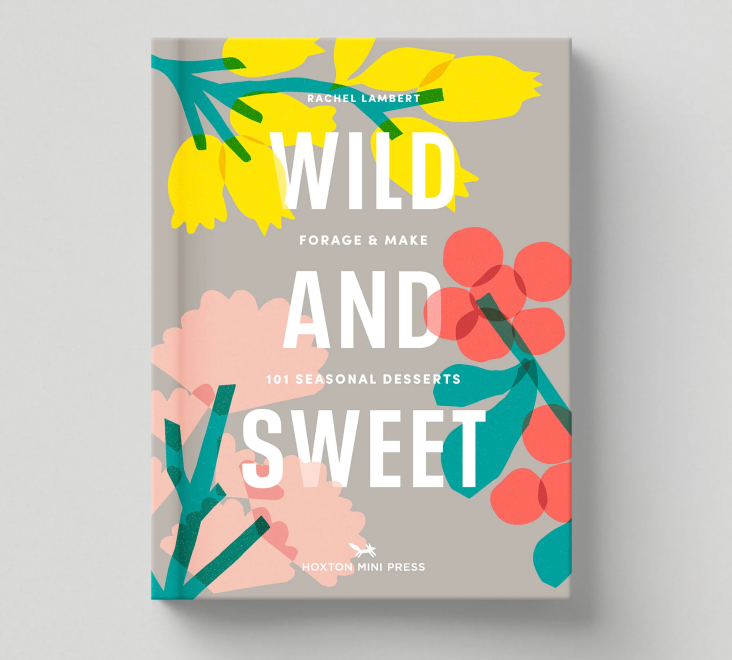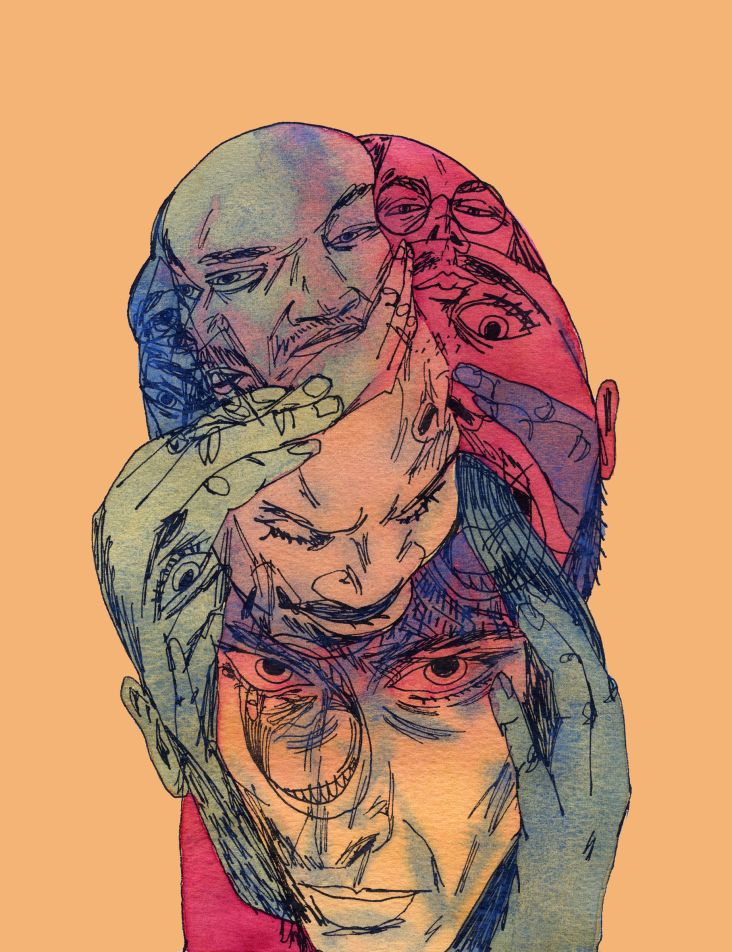For the love of Papier-mâché: Artist Bernie Kaminski on being playful & experimental with art
Most of us delved into the world of Papier-mâché as kids and never looked back, but for US artist Berne Kaminski, it's a creative pursuit that stuck.
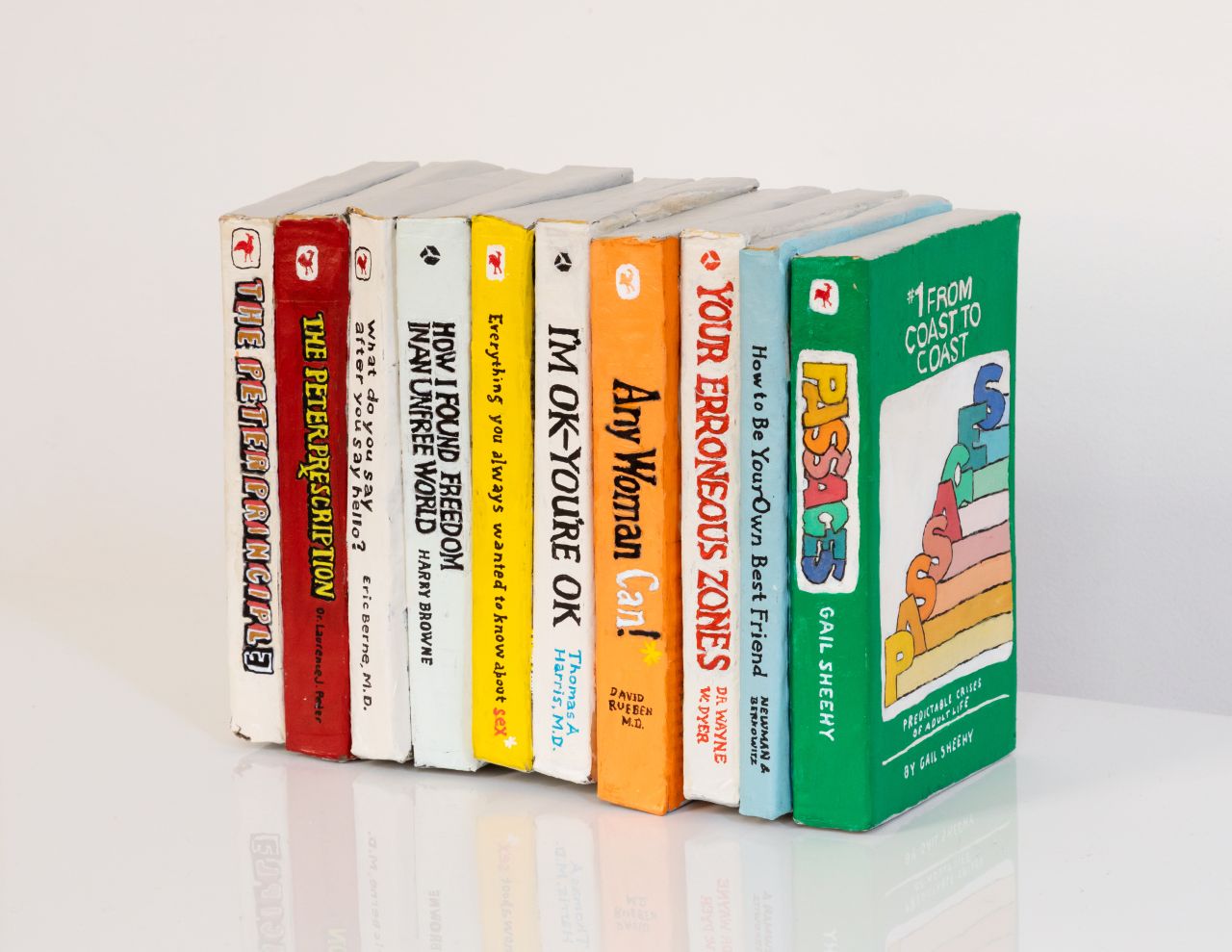
© Bernie Kaminski
"It's difficult to be precise with Papier-mâché. Sometimes an object looks a little off in an interesting way," says US-based artist Berne Kaminski, but that's precisely what he enjoys most about the art form – not having total creative control over the outcome. "Papier-mâché can end up looking amusing."
Kaminski's fascination with the paper-pasting process known as Papier-mâché began six years ago after his daughter brought home a paper mâché seahorse that she'd made at school. It instantly piqued Kaminski's interest: "I thought it looked cool, and we made a few pieces together. Then I started getting ideas for more things to make and became kind of obsessed with it."
He's since scribbled long lists of pieces he'd like to make, and they vary from seemingly mundane objects – a can of diet coke, tomato ketchup bottle, a box of band-aids – to slightly more elaborate and detailed but textured incarnations – note pads, tape measures and crumpled envelopes.
"I start with the foundation, usually cardboard or wadded-up newspaper," he says. "I cover that in masking tape and then Papier-mâché over it. Then paint with acrylics."
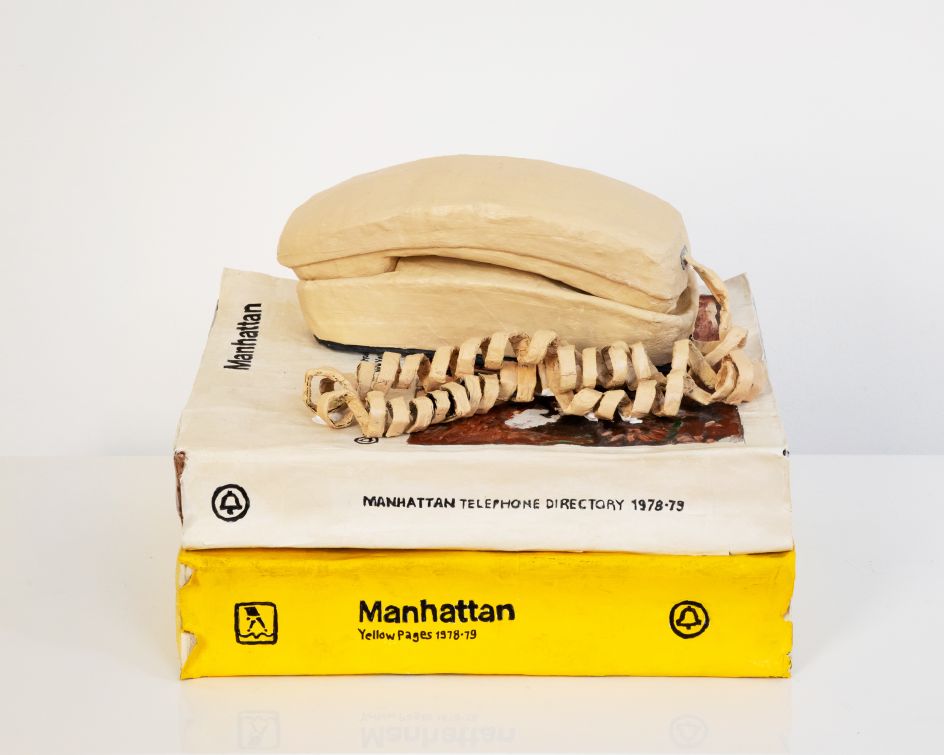
© Bernie Kaminski
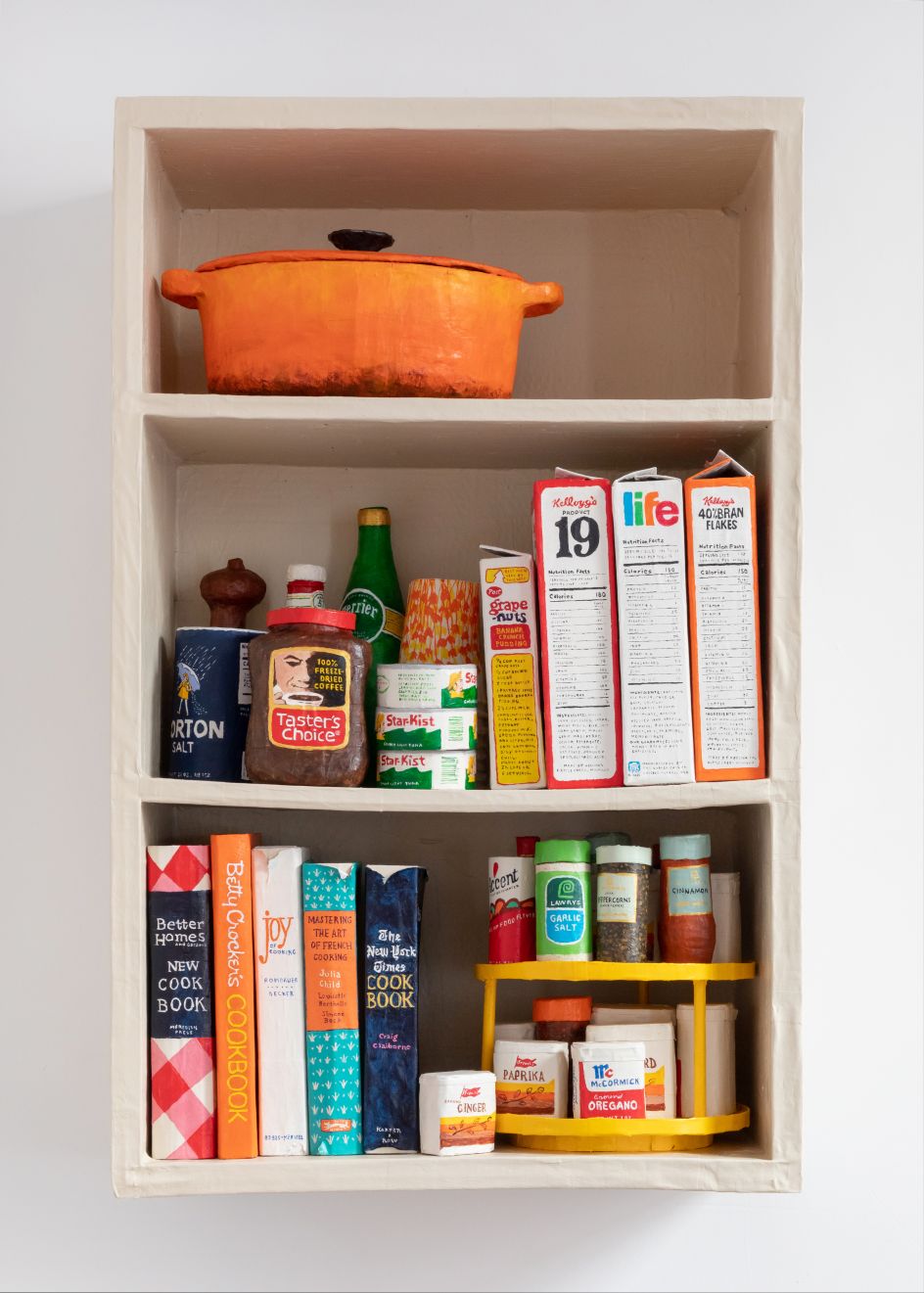
© Bernie Kaminski
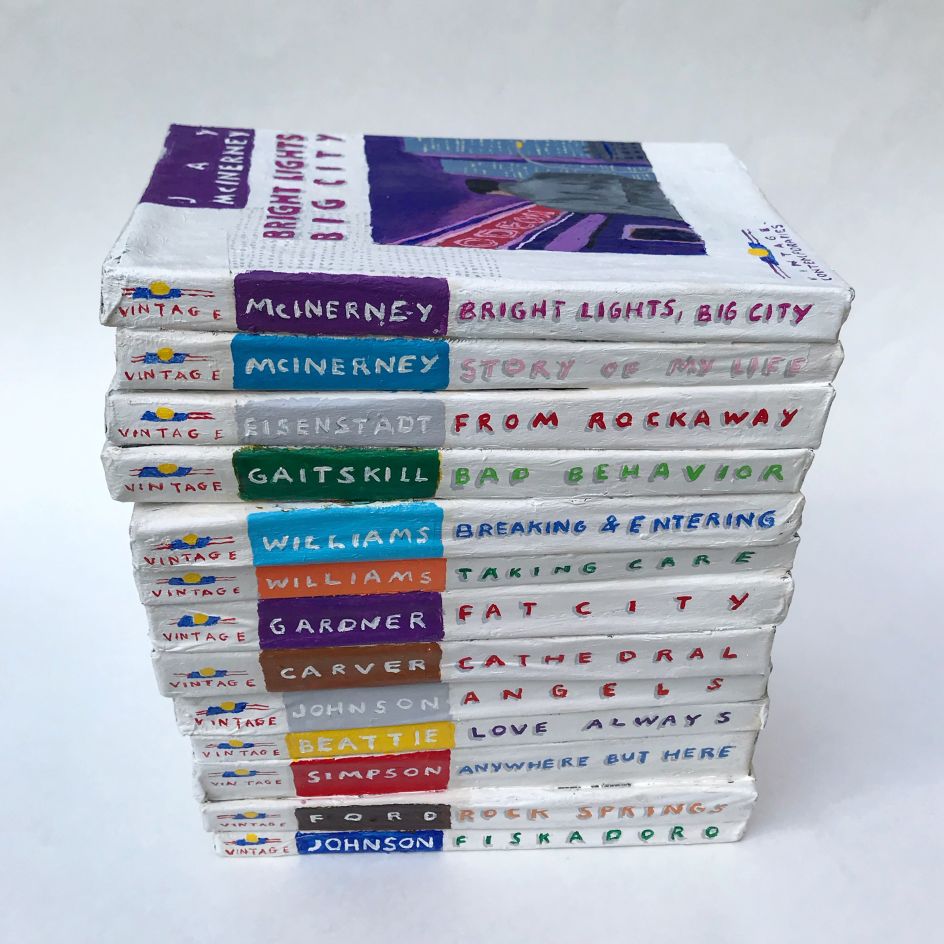
© Bernie Kaminski
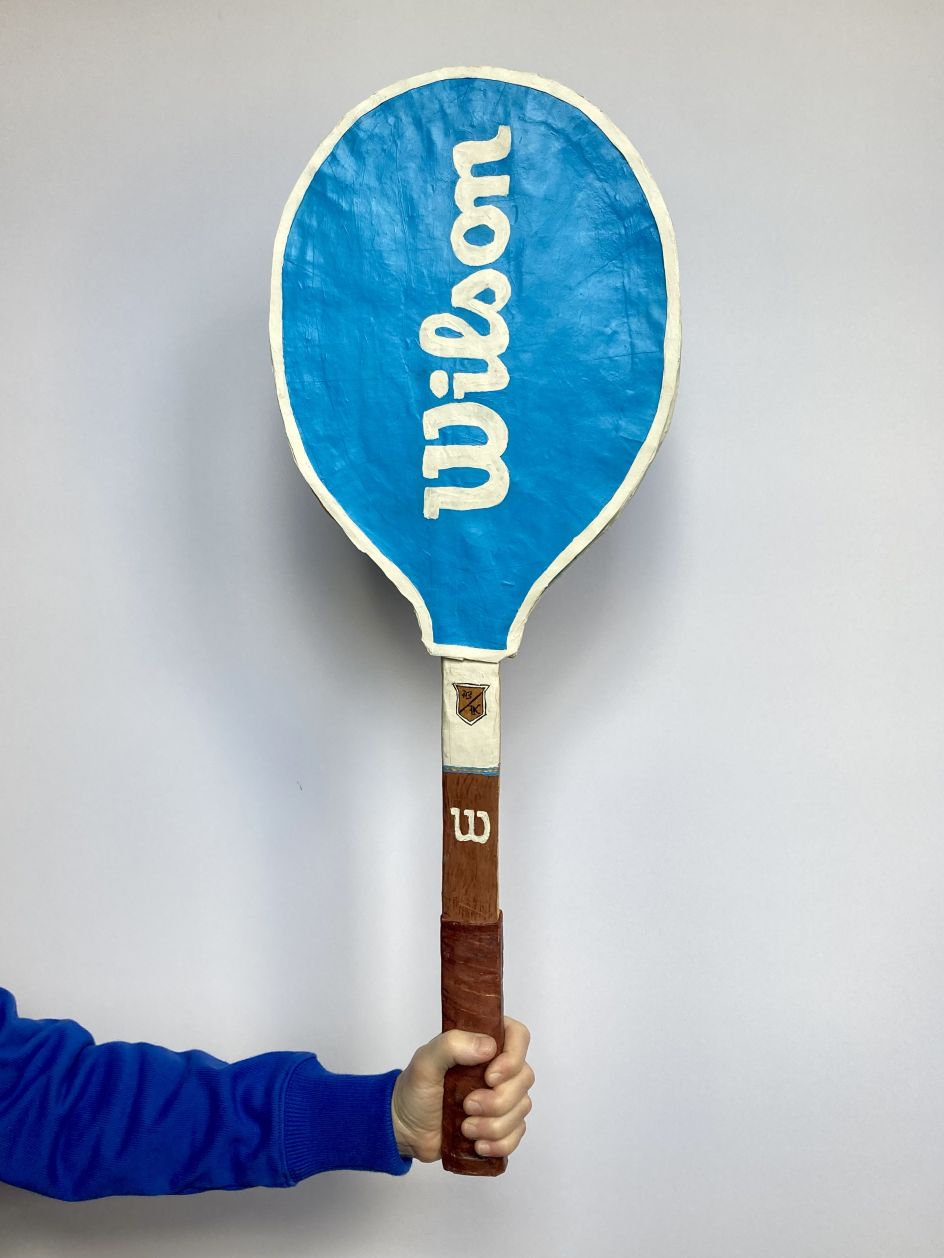
© Bernie Kaminski
It takes him longer than he expects to complete, but it's a meditative and therapeutic process that he gets lost in.
"When I'm working on something, the hours fly by. I can listen to music but can't be on a computer because my hands are covered in glue. So, when I started doing it, I quickly discovered it to be a big source of stress relief."
There's a sense of nostalgia in the items that catch his eye. Most of his creations depict familiar domestic objects that could be found in any household. While playful and seemingly unplanned, his process appears to document current or former zeitgeists, having created a Filofax and red-striped jumbo shopping bag that can be found in any market worldwide.
"I end up making fake versions of items I've discarded over the years," says Kaminski. "My family had a set of encyclopaedias they threw out when they'd outlived their usefulness. Now I have a phoney replica hogging up space in my apartment."
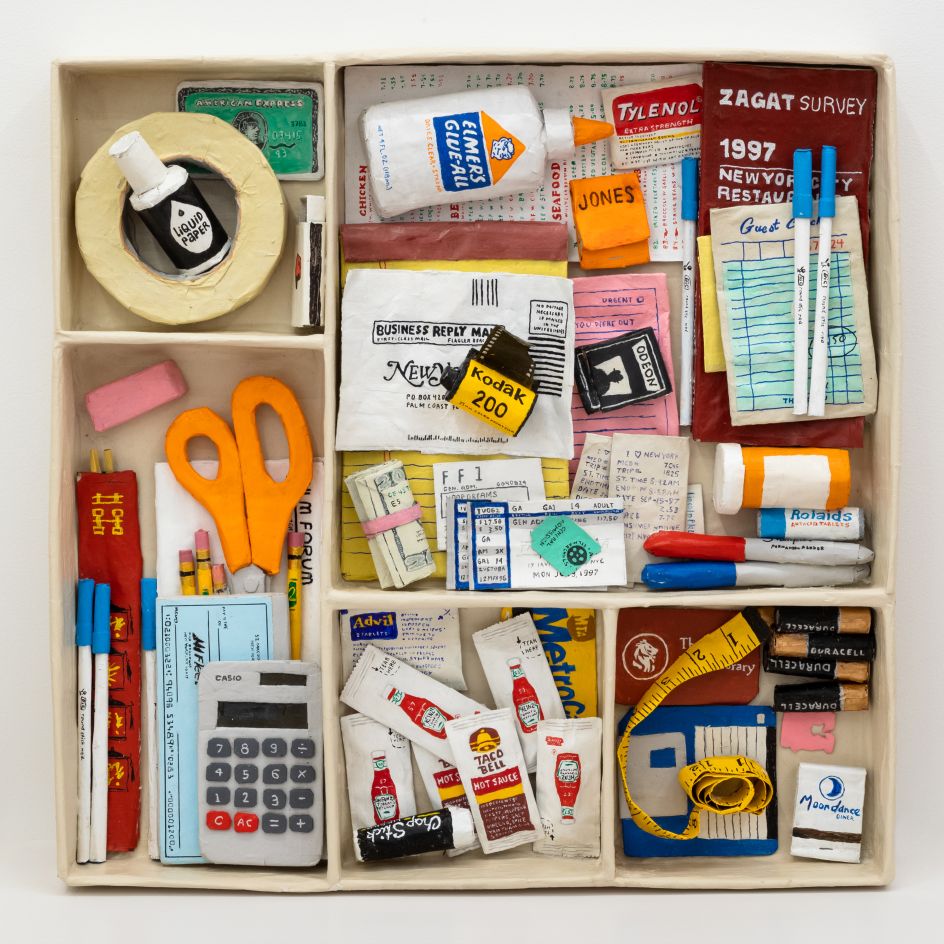
© Bernie Kaminski
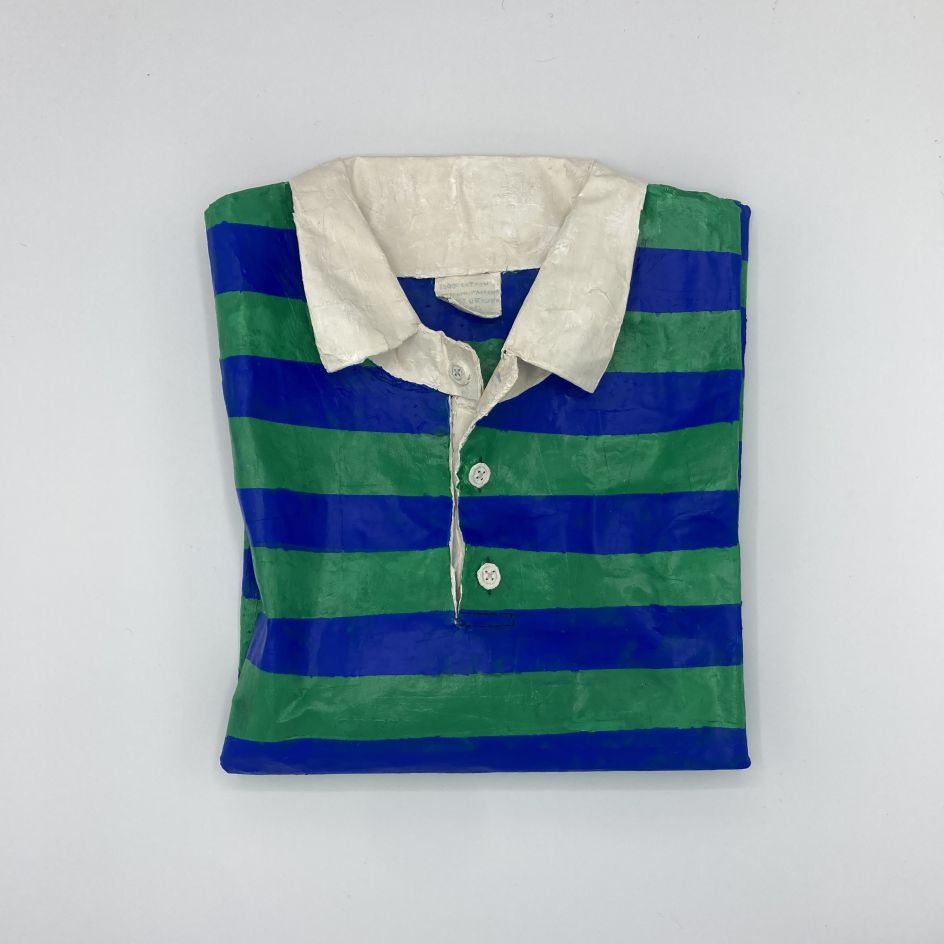
© Bernie Kaminski
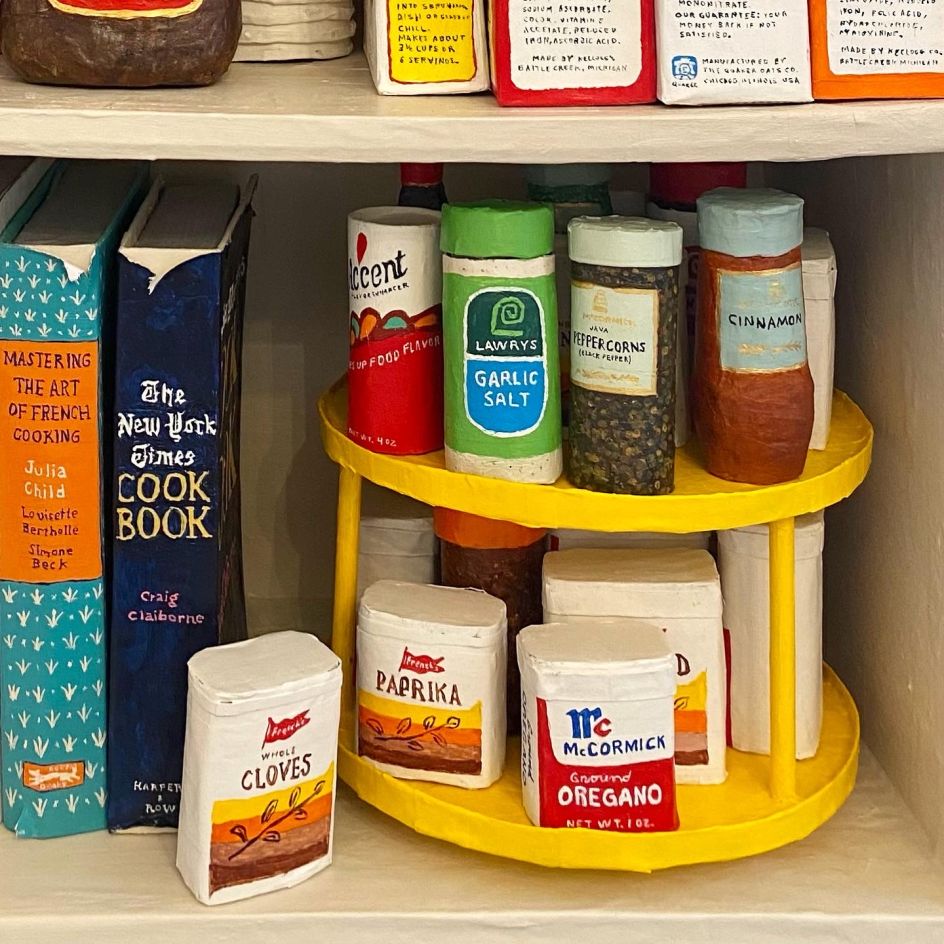
© Bernie Kaminski
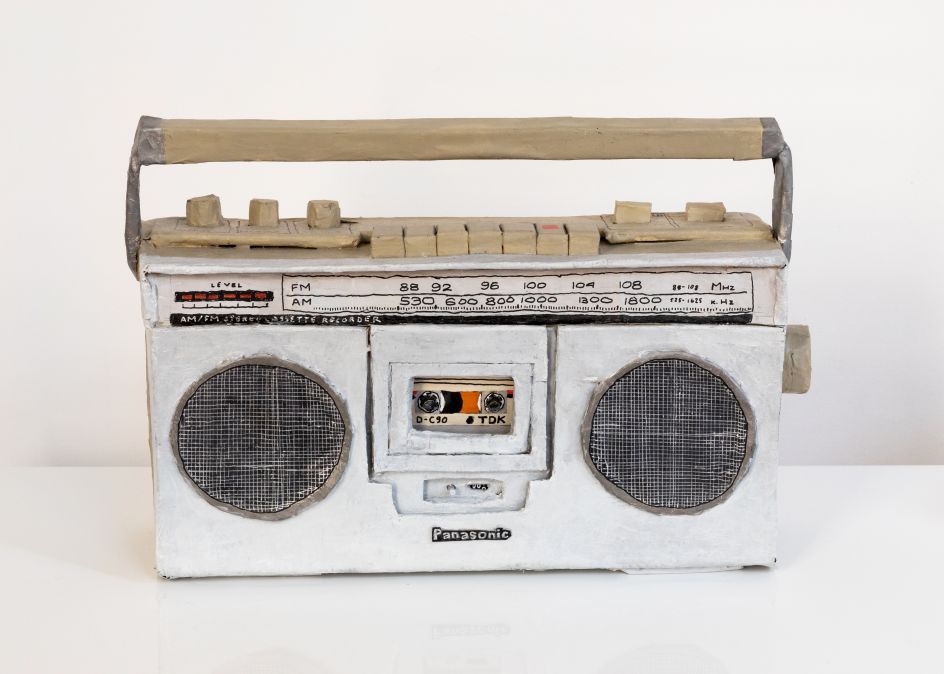
© Bernie Kaminski
Perhaps his artwork is a way to observe, document and hold onto items that have always been popular in culture.
The detail he brings to his items is remarkable and requires great study of the originals to get placement, colour and details as accurate as possible.
But the very nature of Papier-mâché means he's not striving for perfection. "I wish I had more time to make things," says Kaminski. "If I did, I'd like to make some bigger, more complicated pieces."
He's keen to improve his drawing practice, believing it would open up new possibilities and sit alongside his passion for Papier-mâché. His curiosity and love of the form will undoubtedly inspire more evolutions – watch this space!




 by Tüpokompanii](https://www.creativeboom.com/upload/articles/58/58684538770fb5b428dc1882f7a732f153500153_732.jpg)

 using <a href="https://www.ohnotype.co/fonts/obviously" target="_blank">Obviously</a> by Oh No Type Co., Art Director, Brand & Creative—Spotify](https://www.creativeboom.com/upload/articles/6e/6ed31eddc26fa563f213fc76d6993dab9231ffe4_732.jpg)









